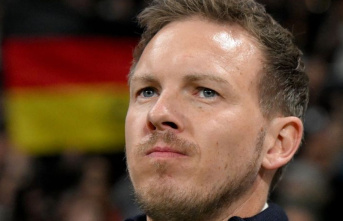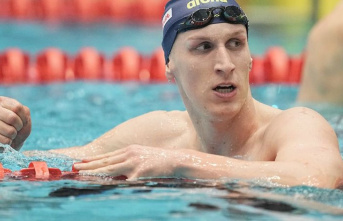Enzo Fernández was named the tournament's best young player at the 2022 World Cup in Qatar. The 22-year-old Argentinian can therefore be considered a promising talent. Signing him is a wise investment in the future. Chelsea FC thought so too and took the midfielder from Benfica in the winter transfer period for 121 million euros. That's a new record in the Premier League. So far, Manchester City had held for Jack Grealish with 118 million euros.
Fernández is not the only supposed super talent that the London club committed with the almost inexhaustible financial strength. Club owner Todd Boehly and his investor group Clearlake Capital just donated 100 million euros for the Ukrainian Mychajlo Mudryk. In total, the Premier League club spent over 300 million euros in winter alone. Including the summer, Chelsea invested around 600 million euros. That's more money than the entire Bundesliga spent this season combined.
But how are such sums possible in view of the alleged financial fair play? New rules from the European football association Uefa have been in effect since April 2022. They are now called Financial Sustainability and are supposed to be stricter. (Previously, the rule of thumb was that a club may not spend more than it earns).
The two most important rules are: From 2025, clubs may invest a maximum of 70 percent of their income in player salaries, consultant fees and transfers. Until then, it will be staggered, in 2023 it will be 90 percent, in 2024 80 percent. And an external investor can compensate for a deficit of 20 million euros between income and expenditure per year.
But financial sustainability offers a loophole that Chelsea is exploiting to excess. Clubs are still allowed to stretch the transfer fee over the term of the contract. That means: If a player costs 50 million euros and receives a contract for five years, ten million euros are offset in the annual balance sheet for the transfer fee.
That's why Fernández and Mudryk were each given eight-and-a-half-year contracts. The transfer fee of 121 million euros for Fernández, calculated over eight and a half years, only accounts for 14.2 million euros in the annual balance sheet. Chelsea officially comply with Uefa's Financial Sustainability Rules. Other players also received correspondingly long contracts. In the summer, Uefa wants to modify the regulation, from then on it can be extended to a maximum of five years.
It's very risky for Chelsea. More than ever, the club is dependent on qualifying for the Champions League in order to at least partially refinance the investments. In view of the 10th place in the table, ten points behind a Champions League place and the sometimes weak performances this season, not an easy task. The pressure on the team around coach Graham Potter has increased. In addition, the club depends on the players being worth a lot and the investment paying off. If not, the club and investor have burned a lot of money. What happens when the consortium around Boehly loses interest in the blues? Then Chelsea would be left pretty bare.











